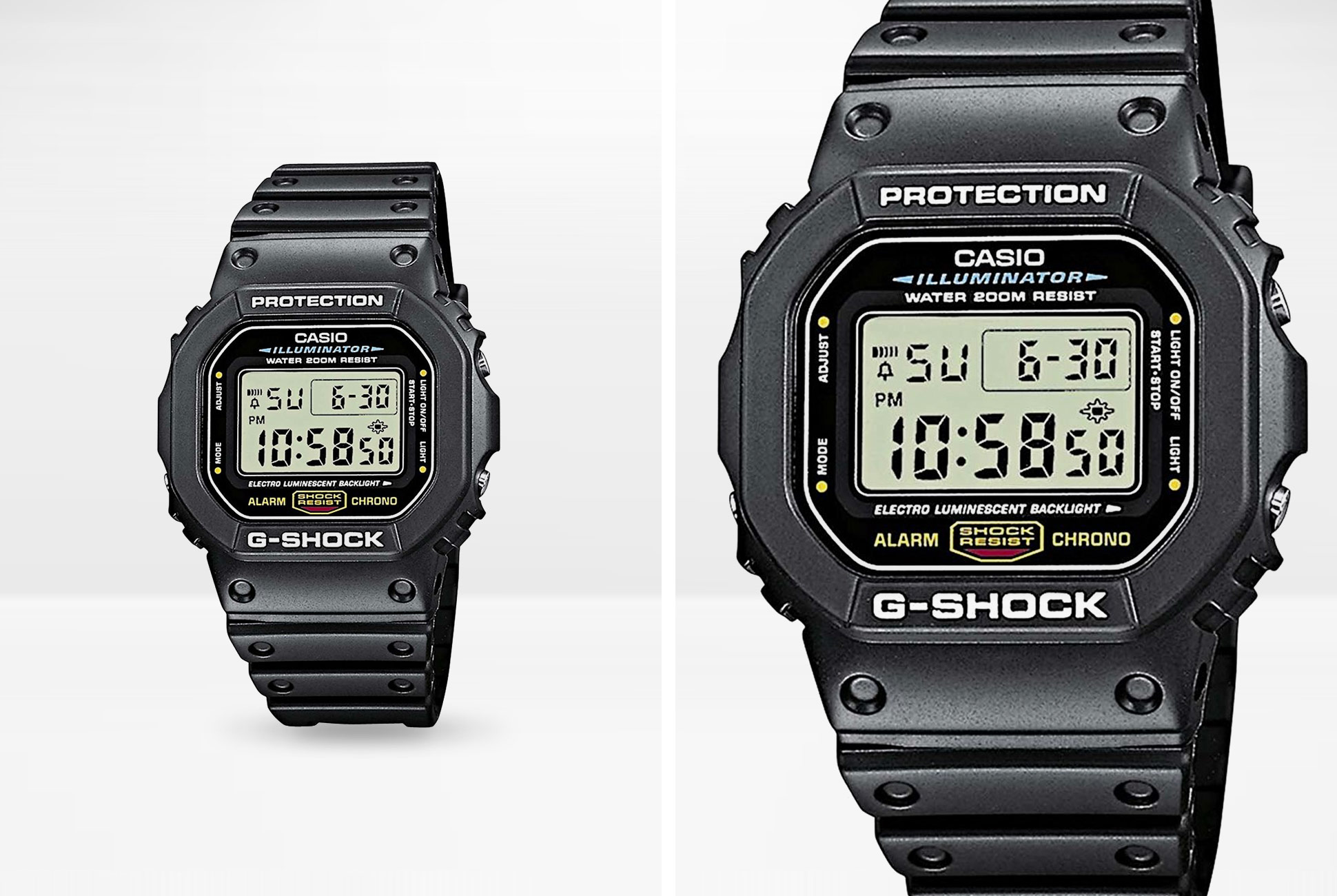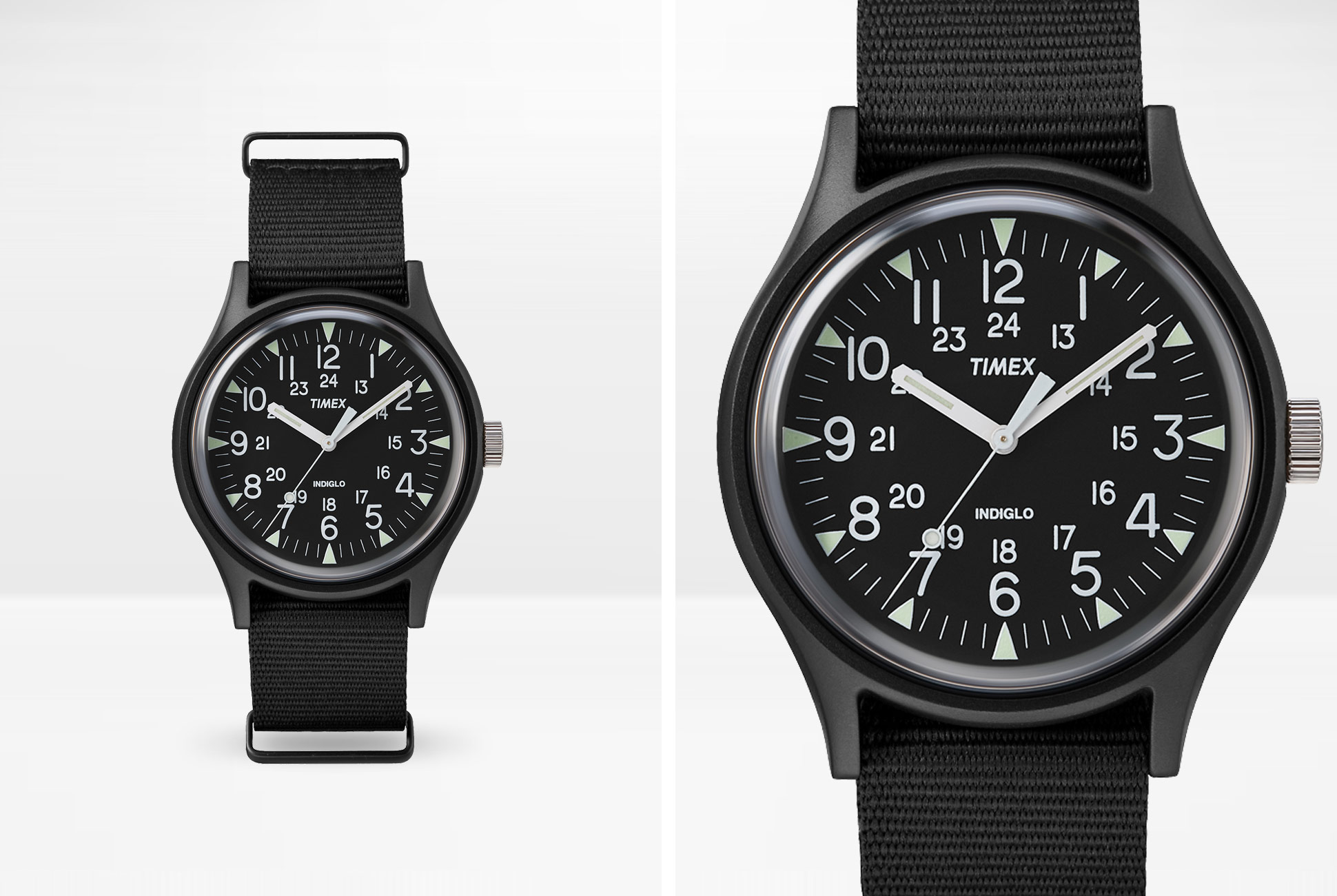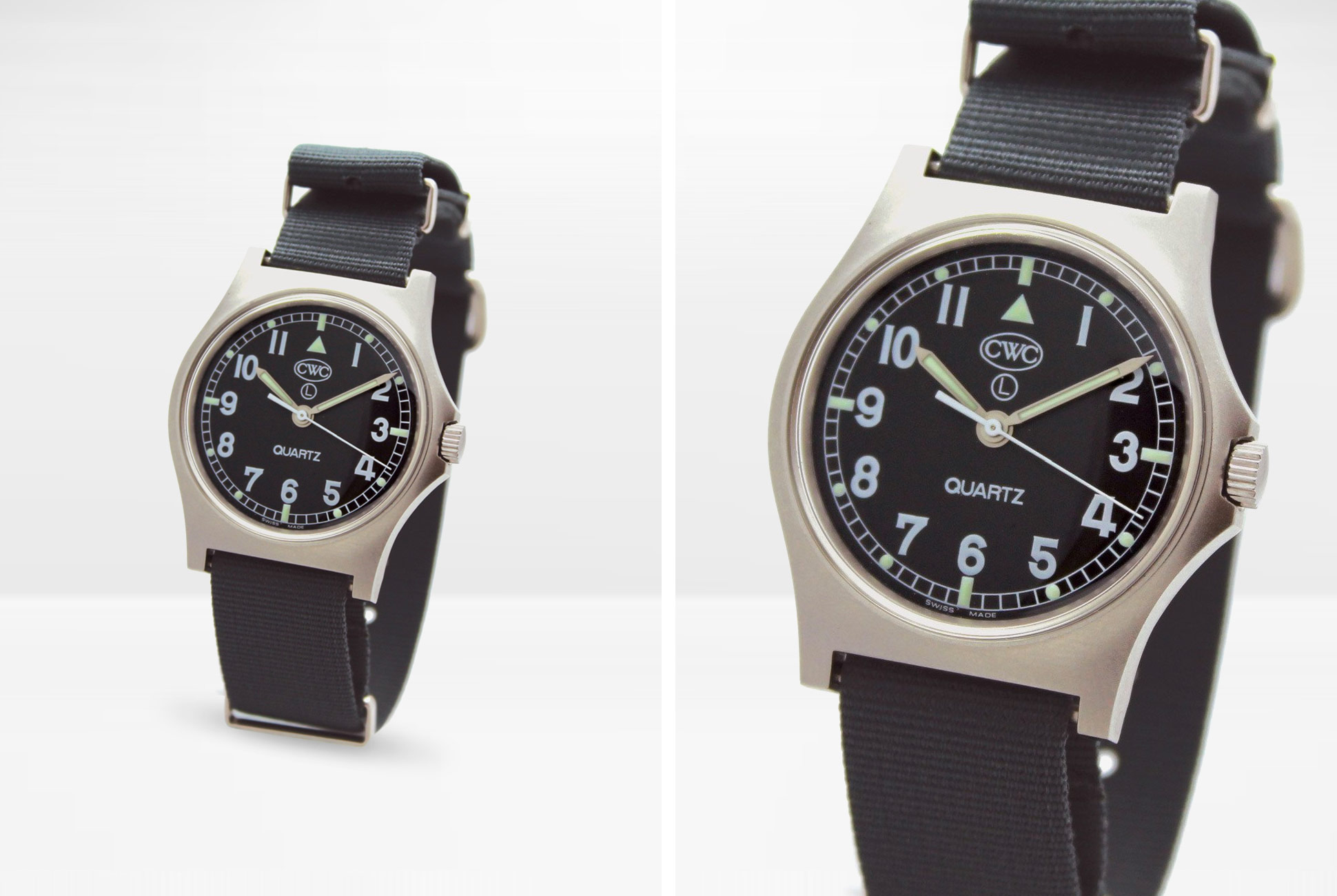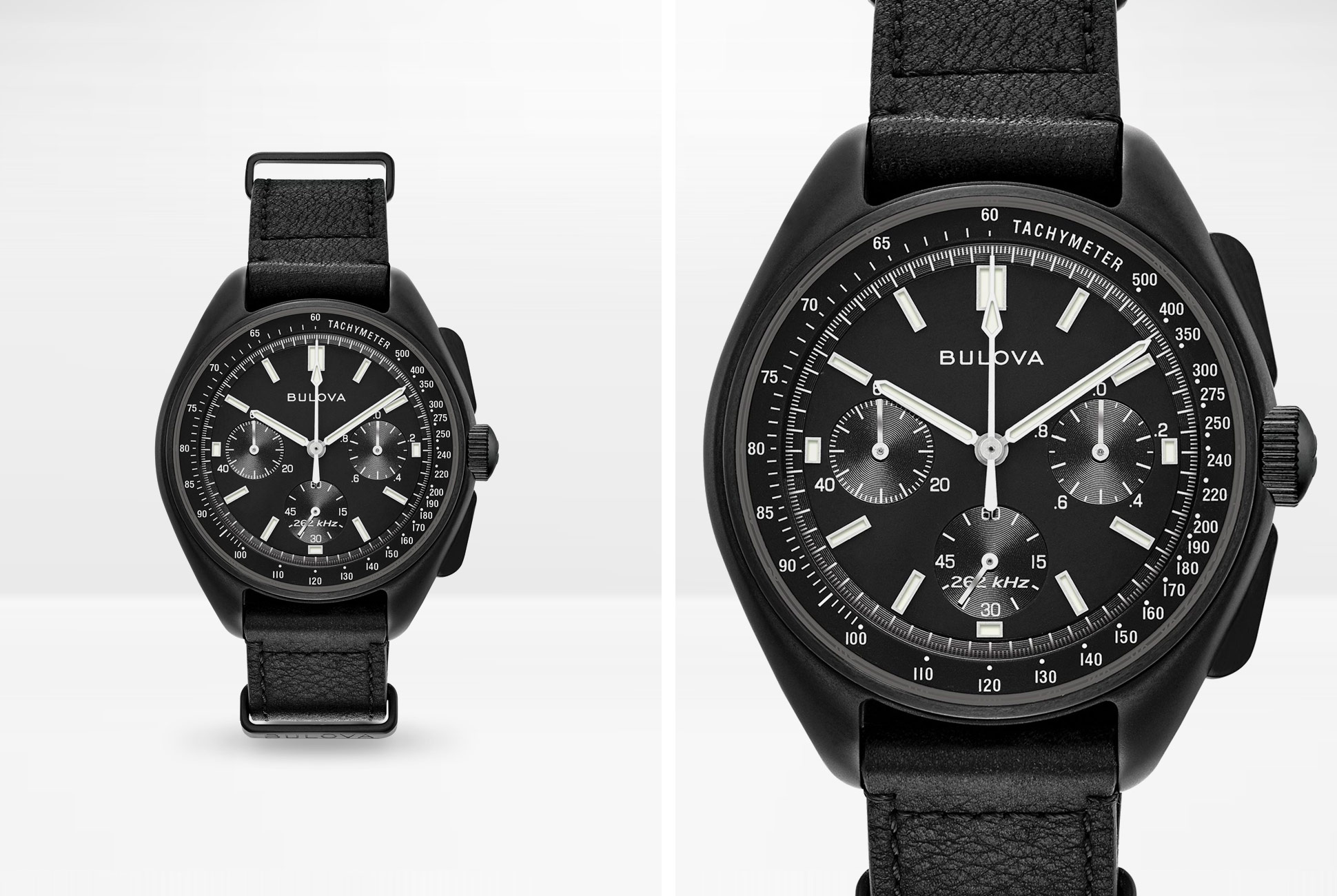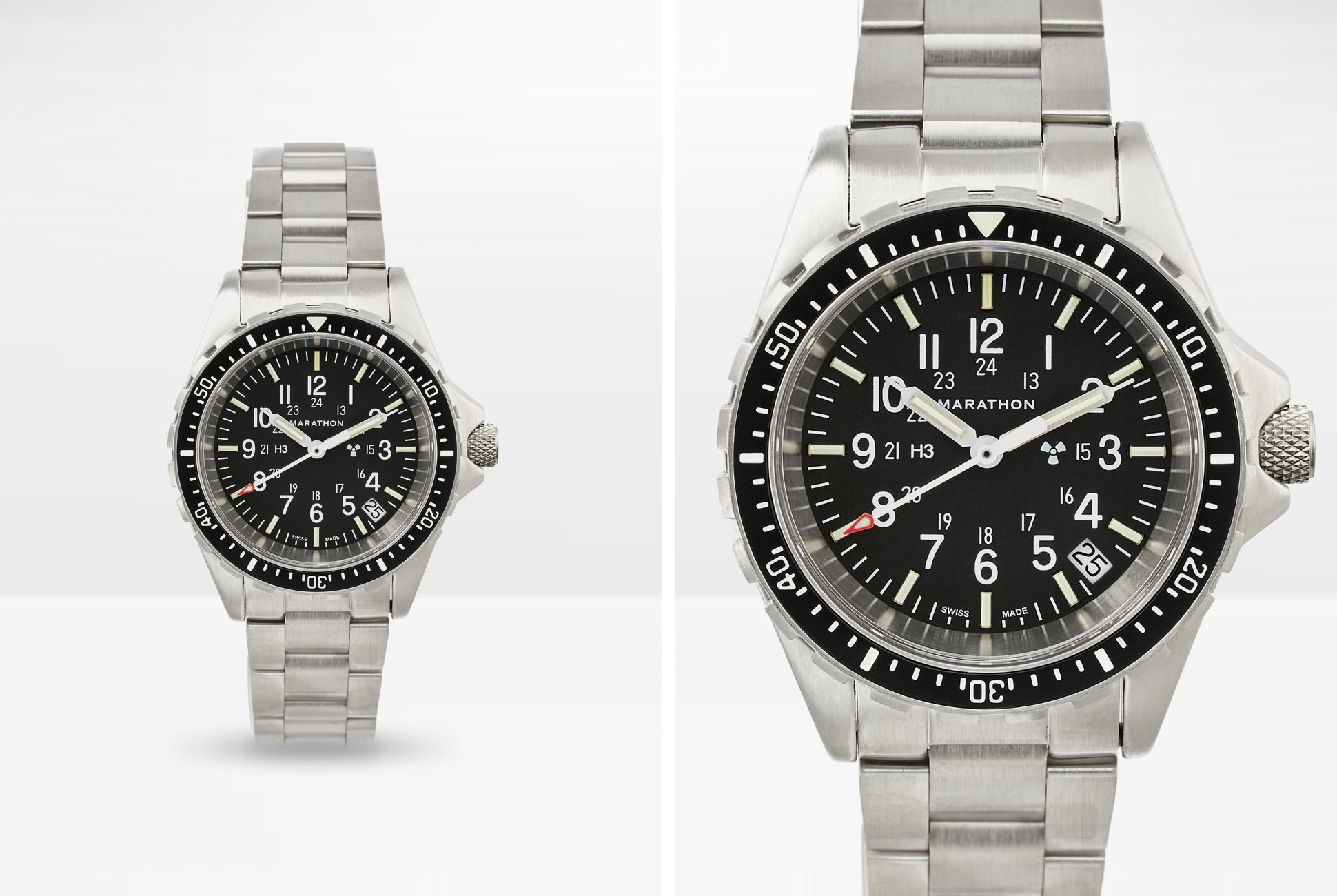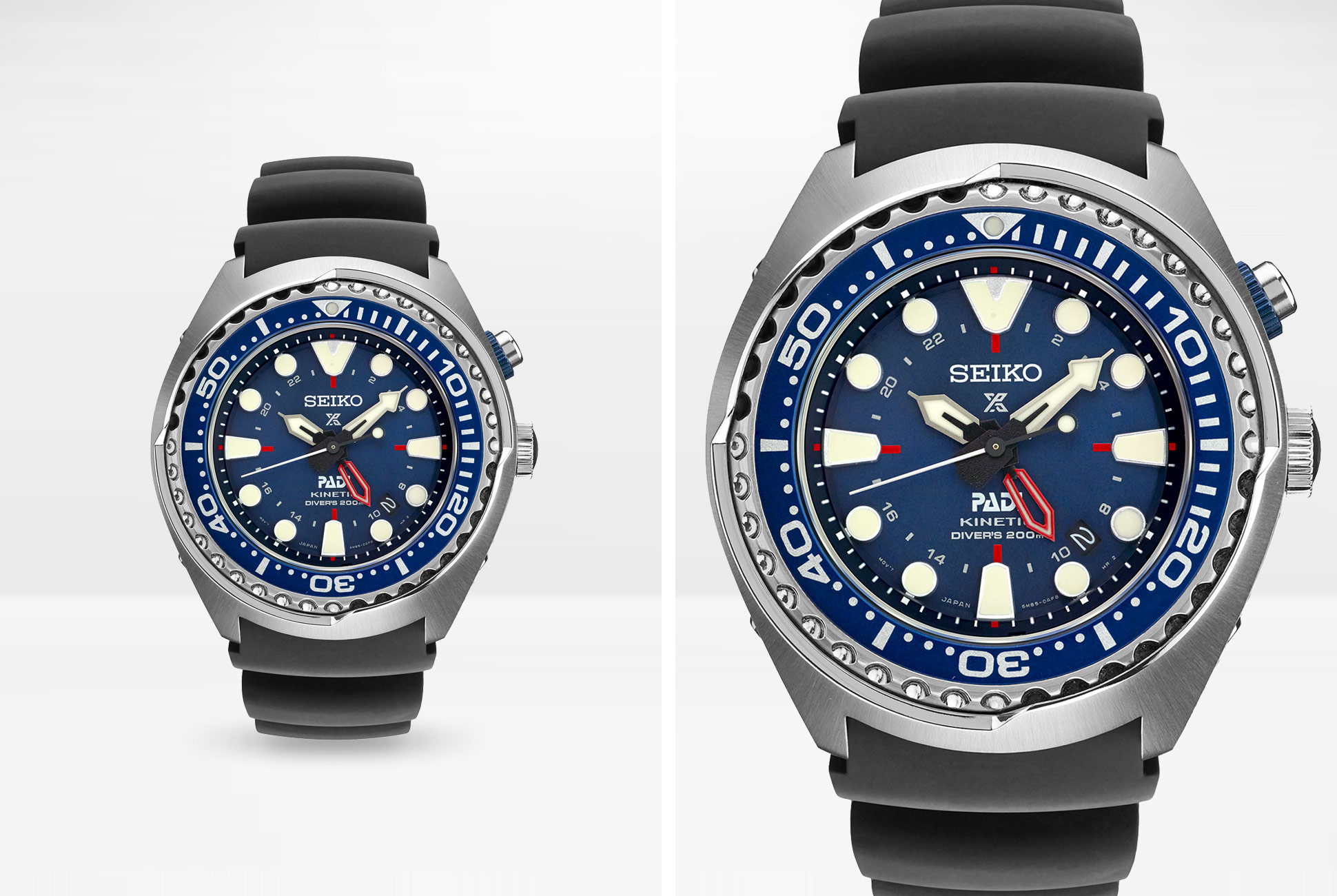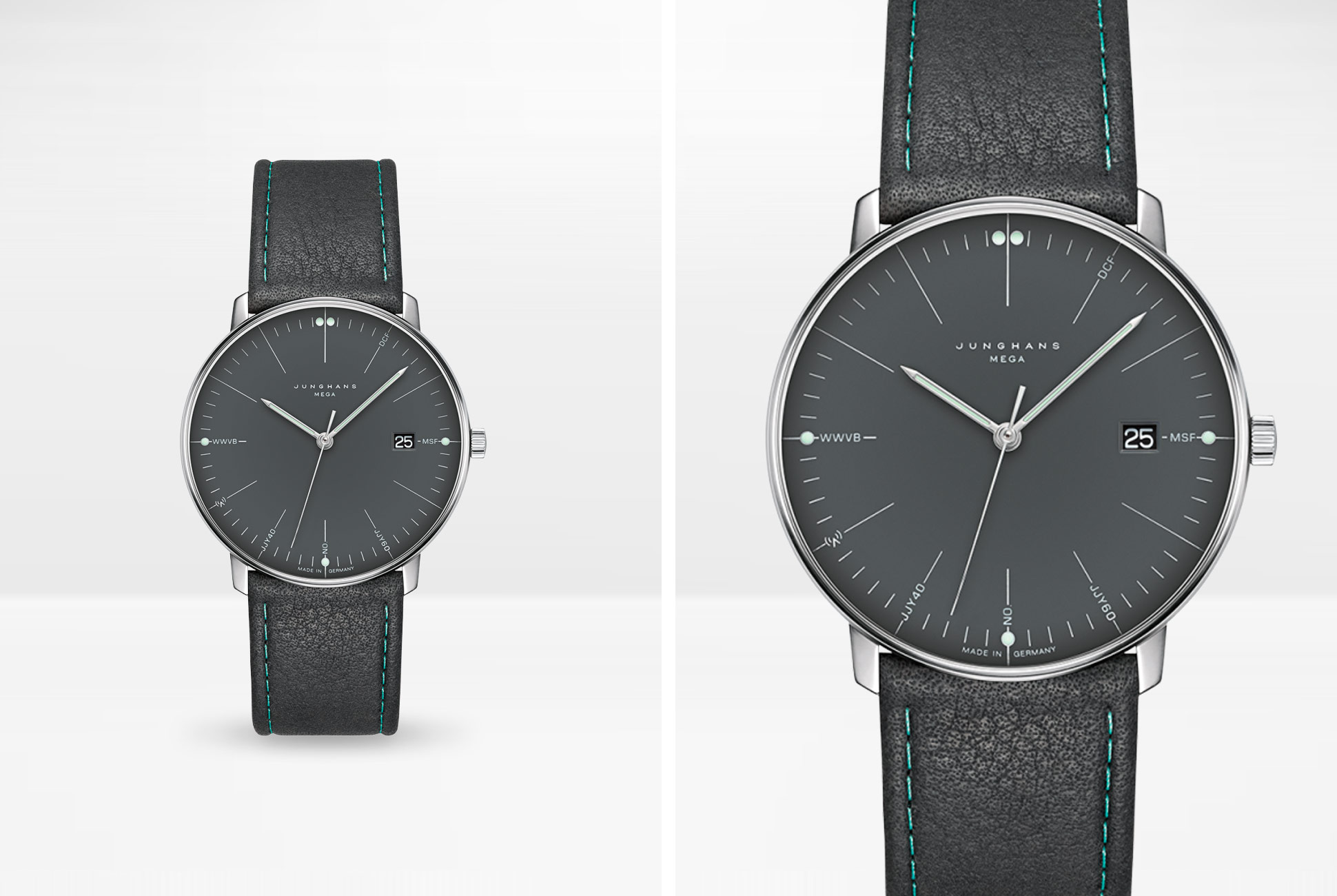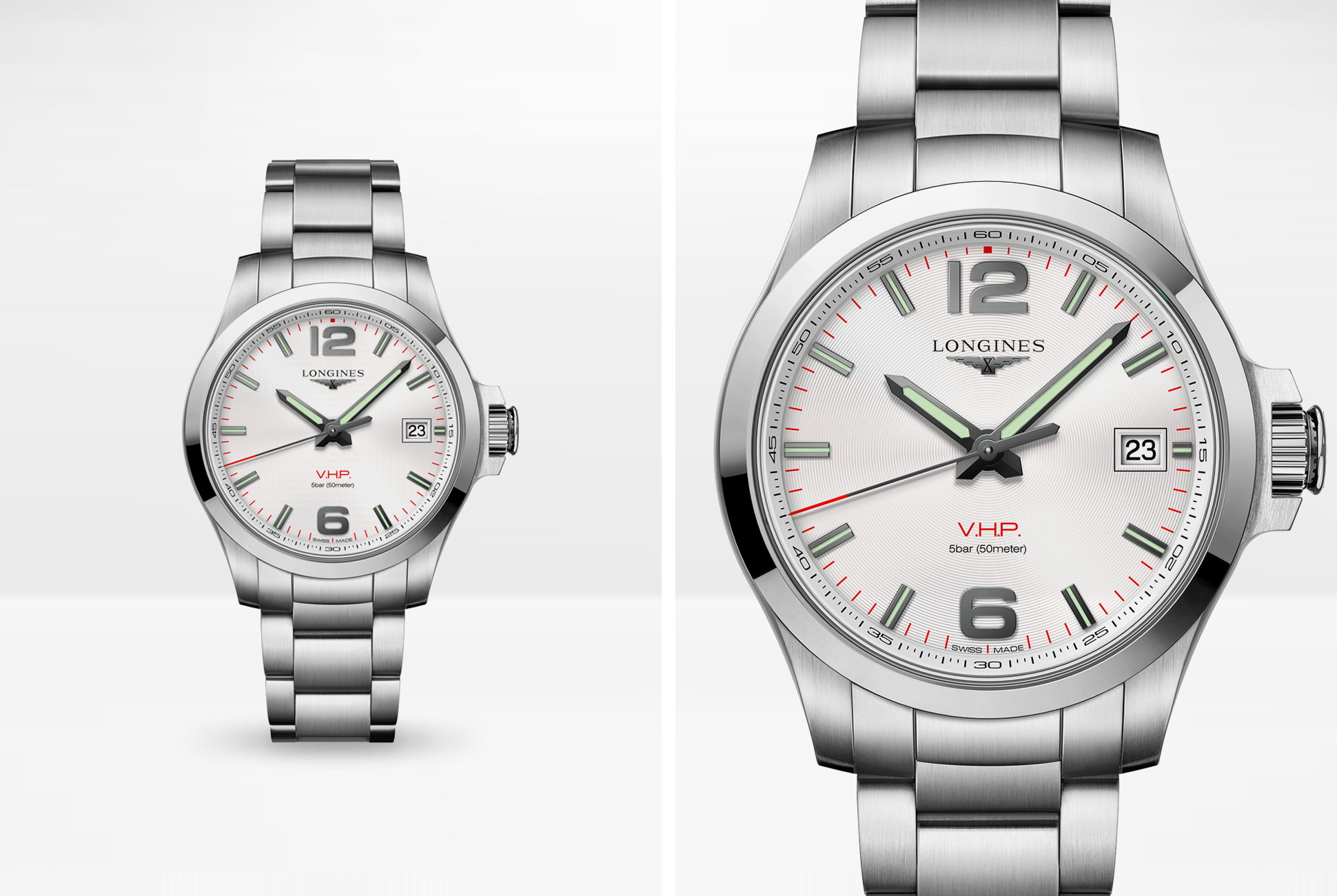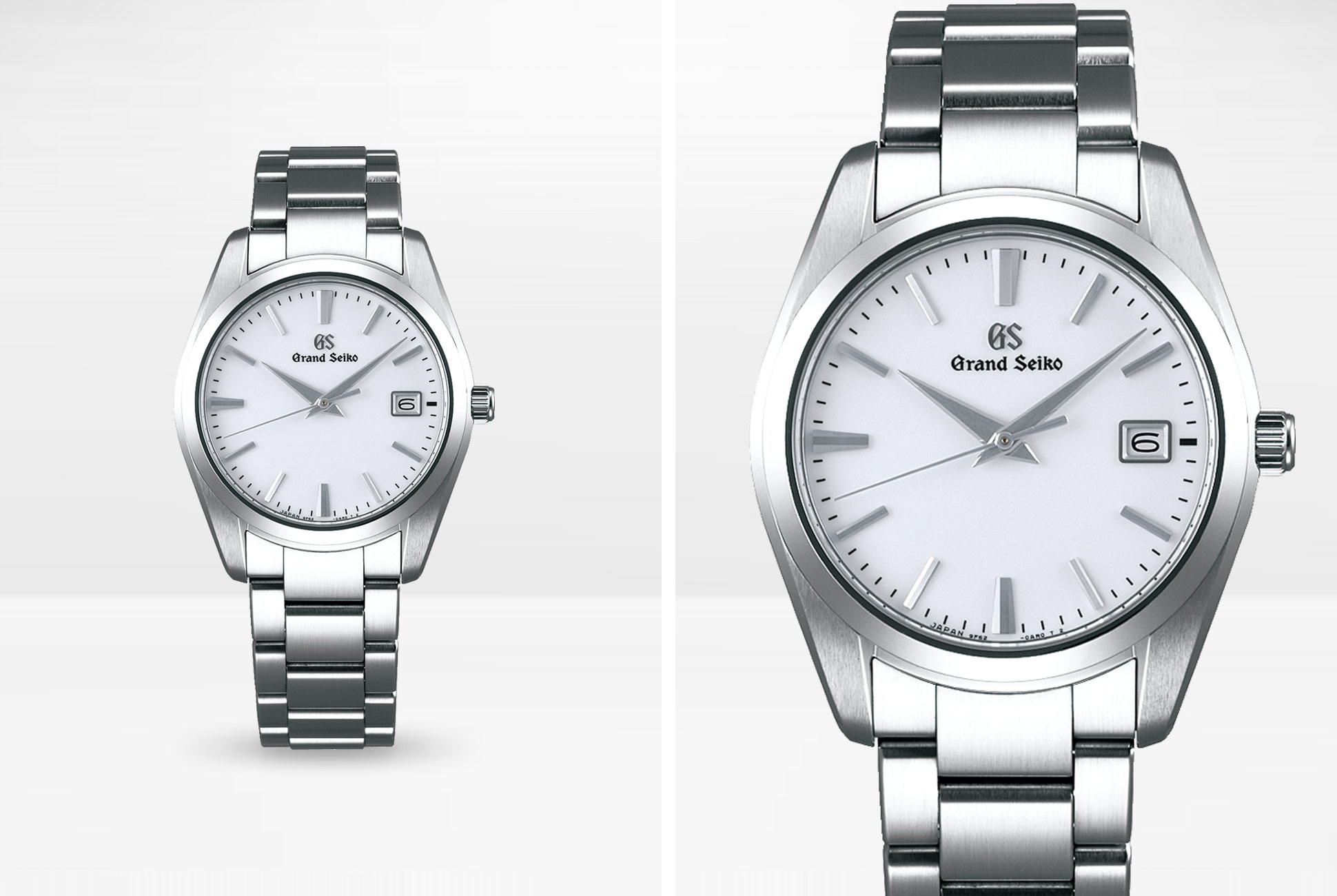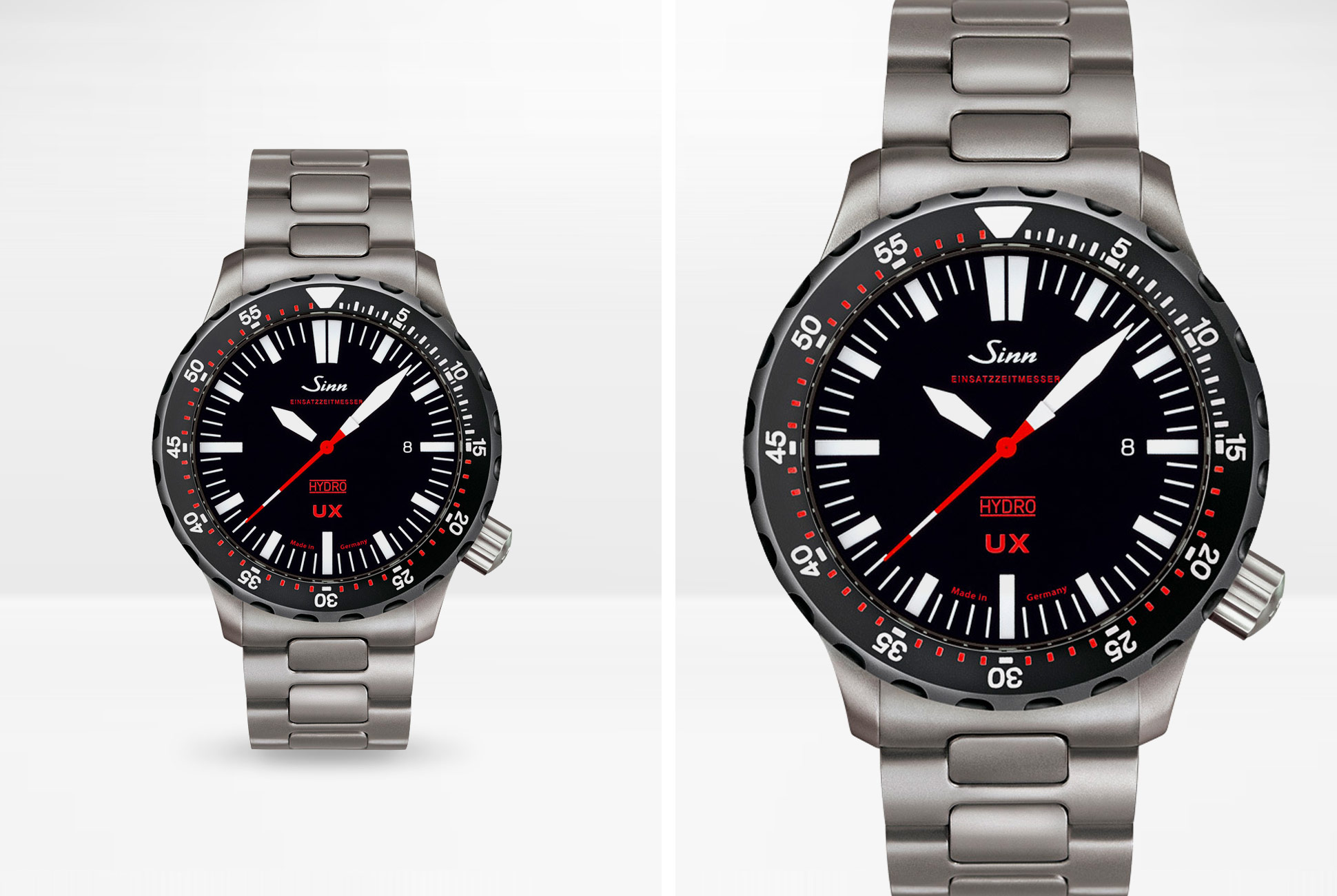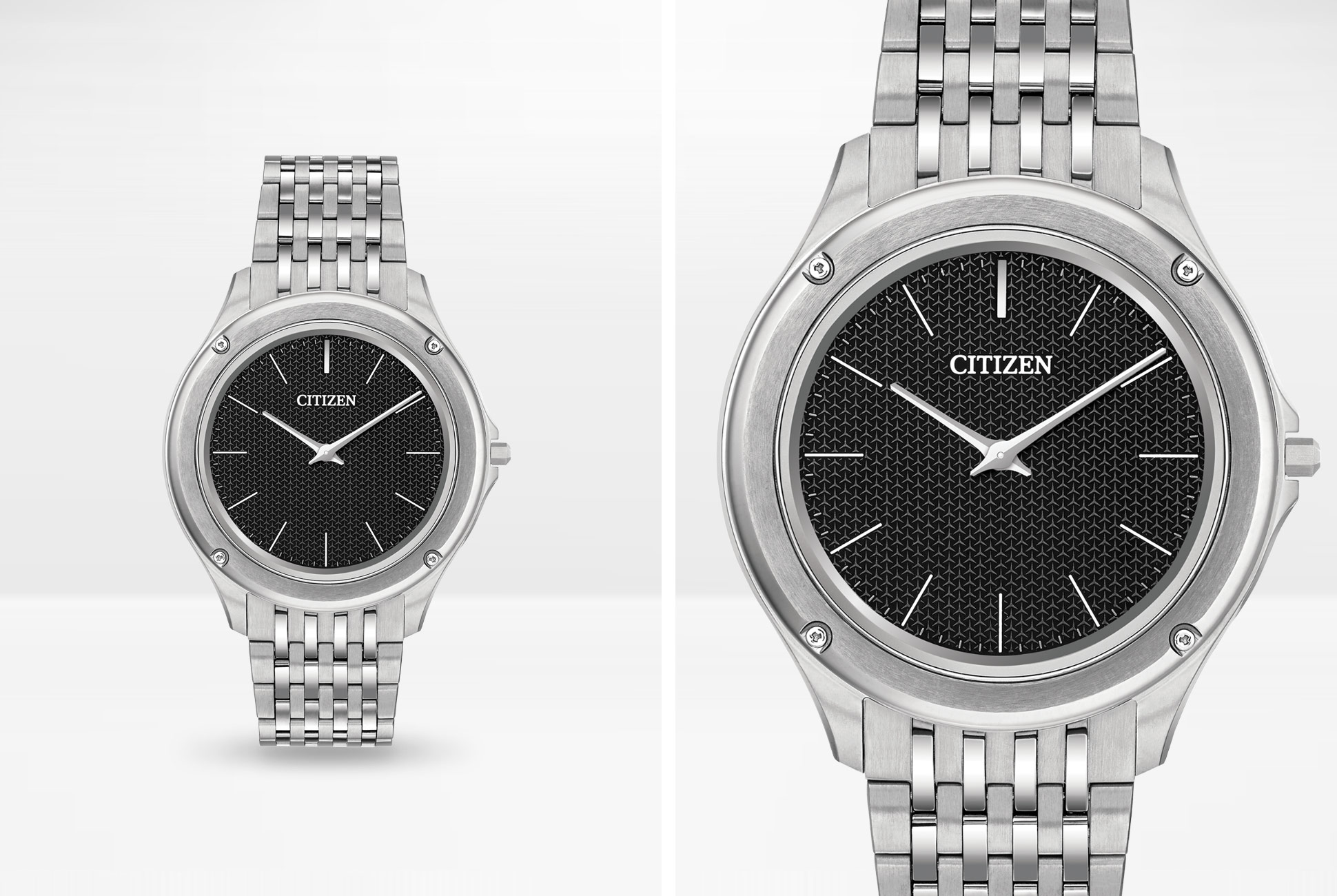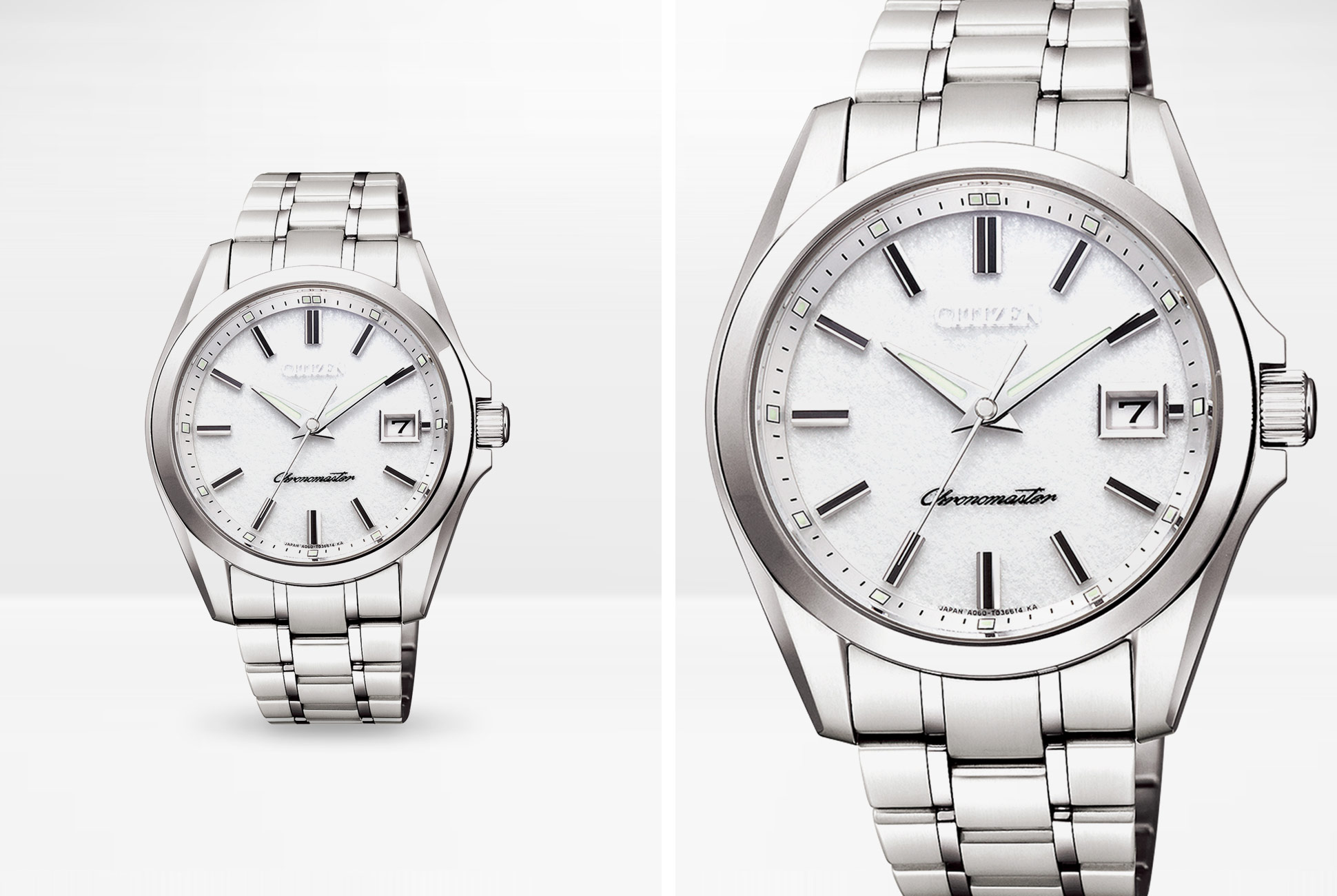Intro
Before it became ubiquitous and before it became the subject of many a watch enthusiast’s ire, quartz was once upon a time a cutting-edge technology that nearly upended an entire industry of watchmaking. Ushering in what’s called either the Quartz Crisis or the Quartz Revolution (depending on your feelings on the technology), quartz quickly proved that the most reliable, most accurate way to tell time was not with an intricate network of gears, but with a small crystal, a battery and some tiny motors. Utilizing this methodology for timekeeping was apparently unforgivable to some, hence quartz’s four-letter-word status amongst many watch enthusiasts.
But nevermind that a quartz watch, save for the occasional battery change, requires much less servicing than its mechanical counterpart. Forget that it’s more accurate than even the most expensive, most expertly-tuned mechanical timepieces. Forget that they’re more affordable than mechanical watches. Once you dig under the hood a little and understand how the technology works, however, it becomes utterly fascinating, and you begin to realize that a cheap, quartz-regulated watch isn’t so bad after all.
Better yet, quartz technology is incredibly simple and can be scaled down and augmented with other electronics and smart functions. Hybrid smartwatches, for example, use quartz as a base for analog timekeeping, then add on other elements like step trackers and heart rate monitors. Other watchmakers have been able to incorporate atomic timekeeping into their quartz timepieces and smartphone connectivity as well, making a watch that is super-accurate to begin with even more accurate. In short, it’s far from an old, simple and soulless technology — it continues to evolve.
How Does a Quartz Watch Work?
Any clock needs an oscillating, regulating element to keep accurate time; on a mechanical watch, this takes the form of a balance spring and balance wheel. On a quartz watch, however, there’s a tiny quartz crystal, cut out in the shape of a tuning fork. Quartz naturally vibrates at a precise frequency and also has piezoelectric properties, meaning that when pressure is exerted upon it, it produces a small volt of electricity.
The inverse of this property is also true, in that when an electric current is passed through quartz, it vibrates, usually 32,768 times per second. The watch movement’s microchip circuit then reduces this frequency into one electric pulse per second. This impulse drives a motor, in turn moving the seconds hand and giving the quartz watch its signature once-per-second tick.
What Is ‘High Accuracy Quartz’?
Most watches rocking a quartz movement are guaranteed accurate to around 15 seconds a month or so. This is still much better than even the best mechanical watches, but there’s a breed of quartz watches out there that can do even better: the High Accuracy Quartz (HAQ). HAQ’s still operate under the same principals as standard quartz movements, but they take into account the one major threat to quartz accuracy: changes in temperature. HAQ’s are, thus, thermo-compensated and can detect these changes and adjust themselves accordingly, which typically results in a guaranteed accuracy rate of around 10 seconds per year.
Milestones In Quartz Technology
1880: French physicists Jacques and Pierre Curie discover piezoelectricity in quartz.
1927: Warren Marrison and J. W. Horton create the first quartz clock at Bell Laboratories.
1952: Both Elgin and LIP present prototypes of electronic watches, though neither uses quartz.
1957: Hamilton introduces the first consumer electronic watch.
1967: The Swiss Centre Electronique Horloge produces the Beta 1 quartz wristwatch prototype.
1969: Seiko produces the Astron, the first commercially-available quartz watch. It costs 450,000 yen, more than $8,000 today.
1971: Girard-Perregaux introduces the Caliber 350, which sets the standard for quartz oscillation at 32,768Hz, is faster than previous quartz watches and proves to be more accurate and consume less energy.
Buying Guide
Casio G-Shock DW-5600E
G-Shock was founded on the principle of building super functional and super accessible watches, and naturally, quartz was the only real way to achieve that. Though the DW-5600E is not the OG G-Shock, it’s been around since the 1980s, and it’s emblematic of the brand’s ethos. There are more expensive, more feature-packed G-SHocks, but the DW-5600E can still take a hit harder than most watches and continue to function. And it’ll only set you back around $40 or so.
Features: Stopwatch, alarm, backlight
Size: 42mm
Water-resistance: 200m
Timex MK1 Aluminum
There’s no better representative of the stylish, low-cost analog quartz watch than a classic Timex. This MK1 is an homage to a plastic-cased Mil-Spec watches the brand briefly produced during the 1980s, but in its revised form features a more durable but lightweight case made from aluminum. While the watch retains the classic look of an old-school field watch, it also features the brand’s charming Indiglo illumination, a feature that wouldn’t be possible without the presence of a battery.
Features: Aluminum case, backlight illumination
Size: 40mm
Water-resistance: 30m
CWC G10
Many watch enthusiasts like to romanticize the use of mechanical watches in the military, but the truth is that armed forces everywhere were making the jump to quartz as soon as they possibly could. The G10, for instance, came into use by the British Armed Forces in 1980. Cabot Watch Company (CWC) still makes the G10 today to the same standards, which is to say you still get a very simple, durable and no-nonsense timepiece.
Features: Lume, battery hatch for quick replacement
Size: 38mm
Water-resistance: 50m
Bulova Lunar Pilot
The Speedmaster wasn’t the only watch worn on the moon — during the Apollo 15 mission, Commander David Scott wore a custom-made Bulova chronograph on the surface of the moon in place of his NASA-issued Speedy. While that watch was mechanical, the homage featured here uses a chronograph version of Bulova’s Precisionist high-frequency quartz movement. Rather than the seconds hand ticking once every second like a standard quartz watch, it smoothly sweeps across the watch’s dial.
Features: Chronograph, PVD black case
Size: 45mm
Water-resistance: 50m
Marathon TSAR Diver’s Medium
Built to U.S. Military standards, the Marathon TSAR (Tritium Search and Rescue) is a tough watch in a small package. Coming in at only 36mm, it’s small by today’s standards, but still a super tough and submersible to 300 meters. It also features tritium gas tubes for luminescence, which is a nice, bright and colorful touch.
Features: Tritium lume, diving bezel
Size: 36mm
Water-resistance: 200m
Seiko Prospex SUN065
Another sound example of the value for money the Prospex lineup provides, Seiko’s SUN065 dive watch features a GMT hand and a mechanism to reduce the need for battery changes. But rather than utilize solar charging like many other quartz dive watches, the Prospex uses a system similar to the rotor in an automatic watch. When you wear it and move your wrist, it winds a rotor that generates energy and juices the battery right back up.
Features: Kinetic charging, GMT hand, diving bezel
Size: 47.5mm
Water-resistance: 200m
Junghans Max Bill MEGA
Many brands like Casio and Citizen have supplemented their quartz watches with atomic timekeeping in recent years, but Junghans was there first in 1990 with the introduction of the MEGA 1. Now the German watchmaker is putting the technology inside its iconic Max Bill design, giving the Bauhaus classic the ability to adjust its time to radio time signals. What’s more, a perpetual calendar keeps the date accurate until the year 2400.
Features: Radio-controlled timekeeping, perpetual calendar
Size: 38mm
Water-resistance: 30m
Longines Conquest VHP
Even amongst HQA watches, Longines’ Conquest VHP (Very High Precision) is one of the most preccise analog watches in the world, guaranteed accurate to about five seconds per year. How does the VHP do it? Longines added tons of interesting tech to the movement, like a “gear position detection” system that checks the gear’s exact position and corrects the display if it is inconsistent with the quartz’s time base. The watch can also readjust itself after a shock or in the presence of a magnetic field.
Features: Perpetual calendar, HQA accuracy
Size: 41mm
Water-resistance: 50m
Grand Seiko 9F (SBGX259G)
First released in 1993, Grand Seiko’s 9F caliber remains one of the most advanced quartz movements ever made. Thermo-compensated, accurate to within ten seconds a year and sealed so that, apart from battery changes, the watch doesn’t need service for 50 years. There are other impressive little details, such as a spring to prevent backlash and a high-speed motor that changes the date in 1/2000 of a second. This is a wonderfully overengineered movement that matches the exquisite finishing on the case and dial that Grand Seiko is known for.
Features: HQA accuracy, quick date
Size: 37mm
Water-resistance: 100m
Sinn Hydro UX
You can always count on Sinn to deliver glorious overkill for its tool watches, and the brand doesn’t disappoint even when it’s working with quartz. The Hydro UX is a quartz take on the brand’s U1 diver, which means it’s rocking a case made from submariner-grade stainless steel (really). What truly sets the watch apart, though, is that the entire thing is filled with oil (again, really). The oil essentially makes the watch legible from every possible angle (even when underwater), and because a mechanical movement and a bunch of oil wouldn’t co-operate, Sinn turned to the thermo-compensated ETA 955.652 quartz movement.
Features: Thermo-compensation, oil-filled case, diving bezel
Size: 44mm
Water-resistance: 5,000m
Citizen Eco-Drive One
At just under 3mm thick, the Citizen Eco-Drive One is one of the thinnest watches ever made, and a showcase of how the simplified, compact nature of a quartz movement can lend itself to striking designs. In addition to its impossibly-thin build, the watch boasts solar-charging as well as a cermet (ceramic metal alloy) bezel and hardened stainless steel case to keep the damn thing from bending when you put it on.
Features: Solar charging, cermet bezel
Size: 40mm
Water-resistance: “Splash-resistant”
Citizen Chronomaster (AQ4030-51A)
If the Eco-Drive One is representative of the Japanese watchmaker’s ability to use quartz technology for design, the Chronomaster is a display of its prowess in building technically-capable movements. The movement here is another HAQ, accurate to within five seconds a year, and features solar charging, to boot. There’s more to the watch than the movement, however — he case is made from titanium and the dial from washi paper, which gives it texture but is still transparent enough to allow light in to charge the movement. The downside is that the Chronomaster is for the Japanese market only, though there are ways around this.

